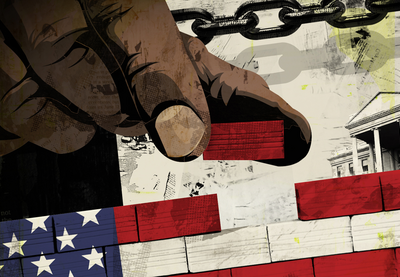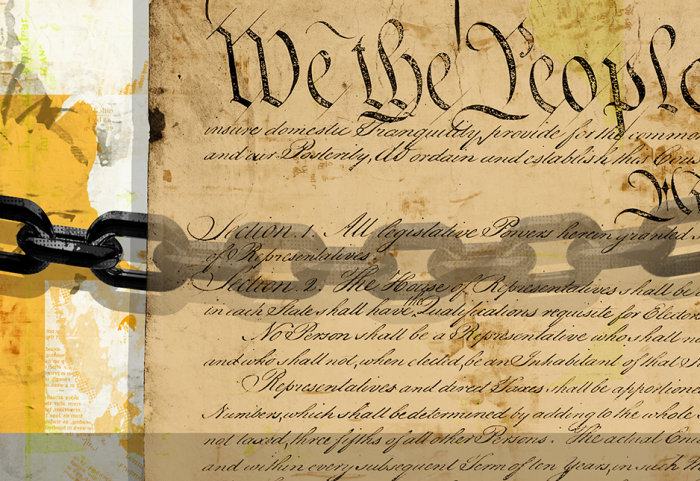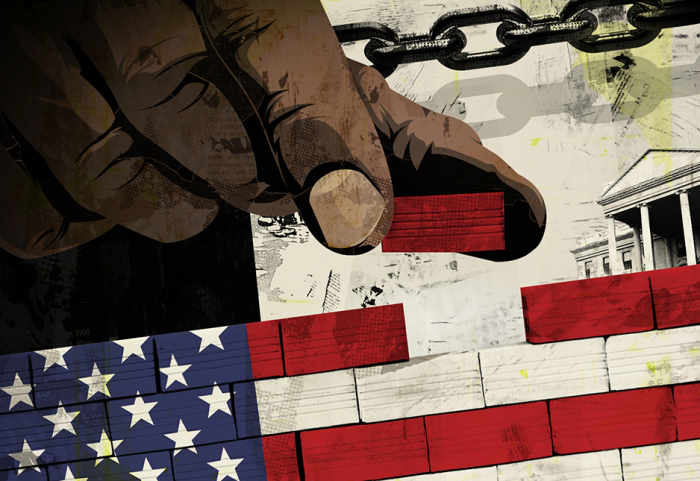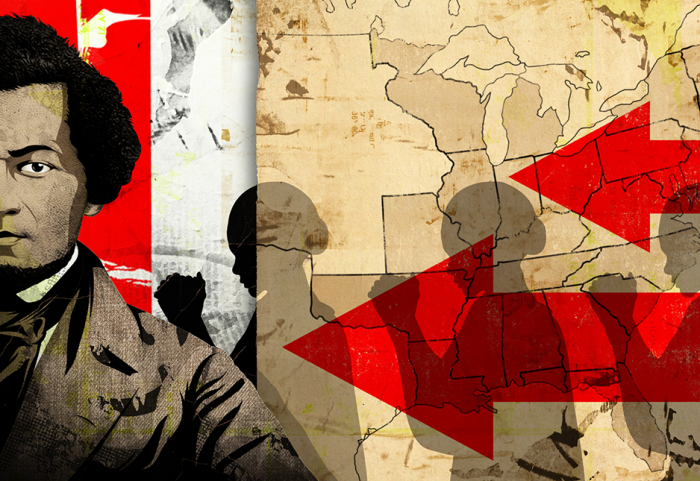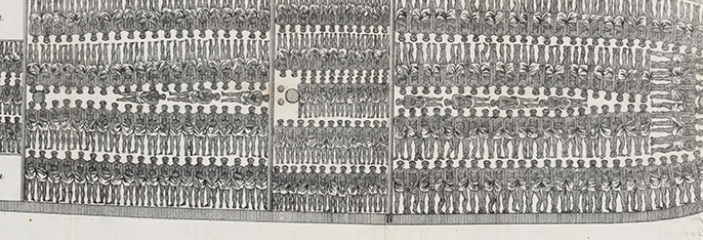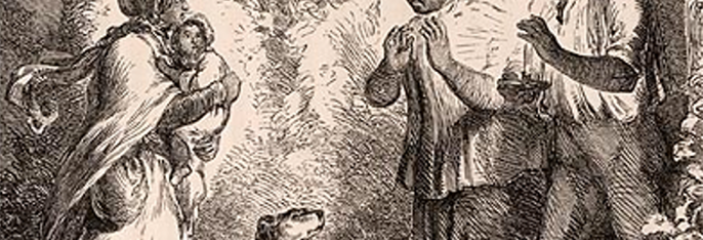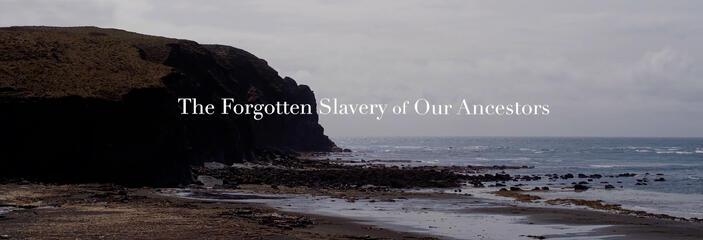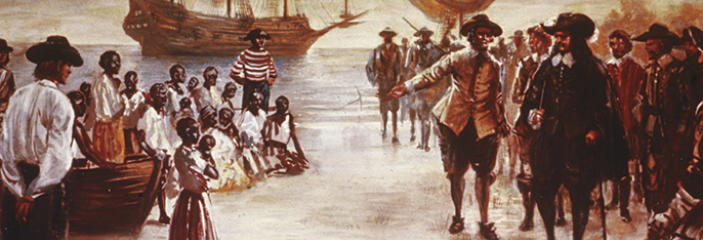Teaching Hard History resources for middle- and high-school educators include our popular framework, as well as student-facing videos and primary source texts. Educators will also find teaching tools and professional development resources.
Tell us how you’ve used the Teaching Hard History resources in your school or district curriculum.
Here are some key elements of the framework and the accompanying resources:
Introduction
The team of educators and scholars who worked on this project are passionate about its importance and pleased to share this outline of the components of the framework along with advice for how to use them.
Key Concepts
The foundation of the K–5 and 6–12 frameworks, the Key Concepts pinpoint 10 important ideas that all students must understand to truly grasp the historical significance of slavery. Explored through Summary Objectives in grades 6–12 and Essential Knowledge in the elementary grades, the Key Concepts serve as tools educators can use to structure their teaching.
Summary Objectives
Each of the 22 “Summary Objectives” provides a broad student learning outcome. The Summary Objectives articulate the content students need to understand and outline additional information to help them get there. These sections also offer additional recommendations for supporting student learning. The Summary Objectives are organized chronologically and divided by era.
Student Texts
The Teaching Hard History Text Library features over 100 primary and secondary sources, all with text-dependent questions.
Teaching Tools
Browse six sample Inquiry Design Models, based on The College, Career, and Civic Life (C3) Framework for Social Studies State Standards.
Podcast
Hosted by Professor Hasan Kwame Jeffries, this series brings us the lessons we should have learned in school through the voices of leading scholars and educators.
Online Archives and Databases
The online archives and databases listed here are great resources for educators looking to use original historical documents to represent the diverse voices and experiences of enslaved people.
Student Quizzes
Use these quizzes as formative assessments and tools to help teach this hard history.
Videos
Featuring leading scholars and historians, these short, classroom-ready videos can be used to introduce students to the Key Concepts behind the framework and the undertaught history of Indigenous enslavement in what is now the United States.
Webinars
Sign up for an on-demand webinar to explore the Teaching Hard History resources and get ideas for how they can be used in your classroom.
Printable Cards
Download and display these cards to let people know you have the courage to teach #HardHistory.
Key Concepts
Select "Watch the Video" for more resources and accompanying videos—providing a deeper dive into each Key Concept to help you bring them effectively into the classroom.
- Slavery, which Europeans practiced before they invaded the Americas, was important to all colonial powers and existed in all North American colonies.
Watch the Video - Slavery and the slave trade were central to the development and growth of the colonial economies and what is now the United States.
Watch the Video - Protections for slavery were embedded in the founding documents; enslavers dominated the federal government, Supreme Court and Senate from 1787 through 1860.
Watch the Video - “Slavery was an institution of power,” designed to create profit for the enslavers and break the will of the enslaved and was a relentless quest for profit abetted by racism.*
Watch the Video - Enslaved people resisted the efforts of their enslavers to reduce them to commodities in both revolutionary and everyday ways.
Watch the Video - The experience of slavery varied depending on time, location, crop, labor performed, size of slaveholding and gender.
Watch the Video - Slavery was the central cause of the Civil War.
Watch the Video - Slavery shaped the fundamental beliefs of Americans about race and whiteness, and white supremacy was both a product and legacy of slavery.
Watch the Video - Enslaved and freed people worked to maintain cultural traditions while building new ones that sustain communities and impact the larger world.
Watch the Video - By knowing how to read and interpret the sources that tell the story of American slavery, we gain insight into some of what enslaving and enslaved Americans aspired to, created, thought and desired.
Watch the Video
*Ira Berlin, "Foreword: The Short Course for Bringing Slavery into the Classroom in Ten Not-So-Easy Pieces" in Understanding and Teaching American Slavery, ed. Bethany Jay and Cynthia Lyerly (Madison: University of Wisconsin Press, 2016), xviii.
Summary Objectives
Important big ideas and critical content students must know to understand the historical significance of slavery. Click on each Summary Objective to see what students should know and how you can teach it.
Pre-Colonial and Colonial Era (to 1763)
Summary Objective 1
Students will recognize that slavery existed around the world prior to the European invasion of North America, changing forms depending on time and place. The enslaved often were perceived as outsiders: captives in war, the vanquished or colonized, or ethnic or religious others.
Summary Objective 2
Students will describe the nature and extent of colonial enslavement of Indigenous people.
Summary Objective 3
Students will describe the slave trade from Africa to the Americas.
Summary Objective 4
Students will demonstrate the impact of slavery on the development of the French, British and Spanish colonies in North America.
The American Revolution and the Constitution (1763-1787)
Summary Objective 5
Students will describe the roles that slavery, Native nations and African Americans played in the Revolutionary War.
Summary Objective 6
Students will demonstrate the ways that the Constitution provided direct and indirect protection to slavery and imbued enslavers and slave states with increased political power.
Slavery in the Early Republic (1787-1808)
Summary Objective 7
Students will examine how the Revolutionary War affected the institution of slavery in the new nation and the ways that slavery shaped domestic and foreign policy in the early Republic.
The Changing Face of Slavery (1808-1848)
Summary Objective 8
Students will examine how the expanding cotton economy spurred Indian Removal and the domestic slave trade.
Summary Objective 9
Students will describe the principal ways the labor of enslaved people was organized and controlled in what is now the United States.
Summary Objective 10
Students will analyze the growth of the abolitionist movement in the 1830s and the slaveholding states’ view of the movement as a physical, economic and political threat.
Summary Objective 11
Students will recognize that enslaved people resisted slavery in ways that ranged from violence to smaller, everyday means of asserting their humanity and opposing their enslavers.
Summary Objective 12
Students will discuss the nature, persistence and impact of the spiritual beliefs and cultures of enslaved people.
The Sectional Crisis and Civil War (1848-1877)
Summary Objective 13
Students will examine the expansion of slavery as a key factor in the domestic and foreign policy decisions of the United States in the 19th century.
Summary Objective 14
Students will analyze the 1860 election of Abraham Lincoln and the subsequent decision that several slave states made to secede from the Union to ensure the preservation and expansion of slavery.
Summary Objective 15
Students will examine how Union policies concerning slavery and African American military service affected the Civil War, and they will describe how free black and enslaved communities affected the Civil War.
Summary Objective 16
Students will examine how Indigenous people participated in and were affected by the Civil War.
Summary Objective 17
Students will recognize that slavery continued in many forms through most of the 19th century in what is now the United States.
Summary Objective 18
Students will examine the ways that people who were enslaved tried to claim their freedom after the Civil War.
Summary Objective 19
Students will examine the ways that the federal government’s policies affected the lives of formerly enslaved people.
Summary Objective 20
Students will examine the ways that white Southerners attempted to define freedom for freed African Americans.
Summary Objective 21
Students will examine the impact of the Compromise of 1877 and the removal of federal troops from the former Confederacy.
Summary Objective 22
Students will examine the ways in which the legacies of slavery, white supremacy and settler colonialism continue to affect life in what is now the United States.
Accompanying Resources
Student Texts
This collection includes more than 100 primary sources selected to support teaching and learning about the Key Concepts and Summary Objectives found in this framework.
Inquiry Design Models
These Inquiry Design Models, based on The College, Career, and Civic Life (C3) Framework for Social Studies State Standards, offer examples of an inquiry-based approach to teaching the history of American slavery.
Student Quizzes
Educators looking for a way to broach the topic of slavery in 6-12 classrooms can begin with these short quizzes. All questions are mapped to the Key Concepts found in the framework.
